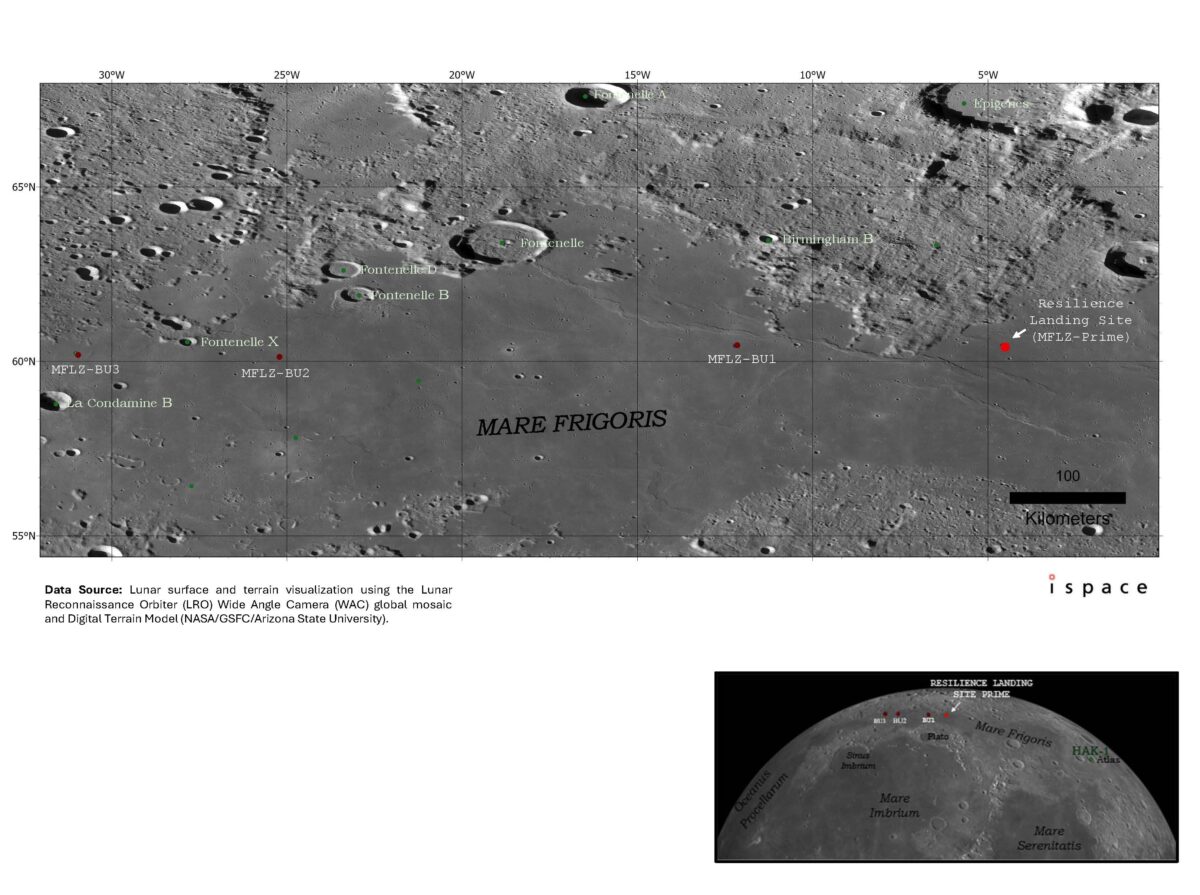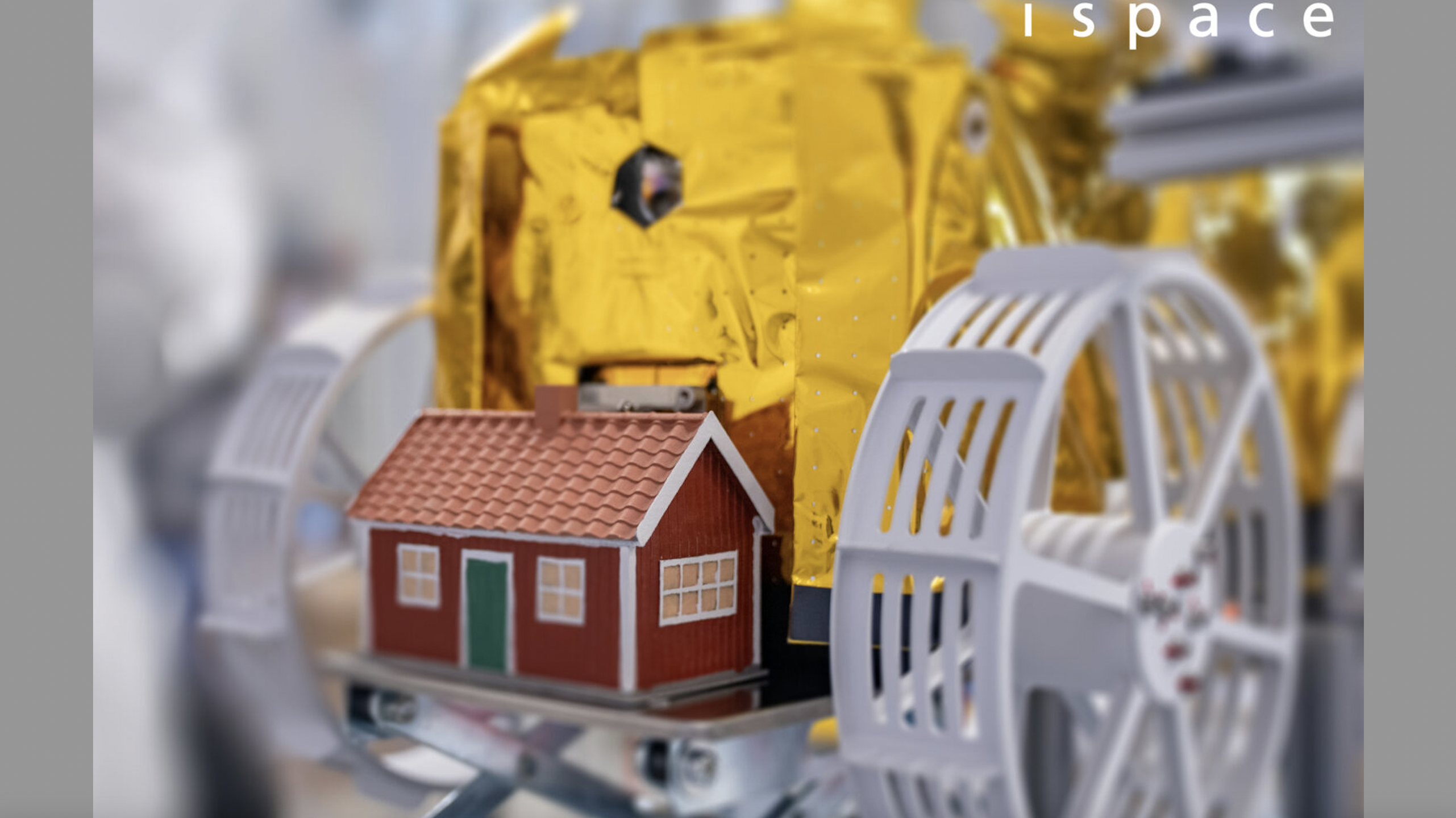Historic Landing Alert: ispace’s Resilience Probe Set for Moon Touchdown!
The countdown is on! Japan’s pioneering space startup, ispace, is poised to make headlines on June 5, 2025, as it attempts to land its Resilience lunar probe on the moon. This mission isn’t just another landing; it represents a significant leap for private space exploration. For those eager to witness this historic event live, let’s delve into every pivotal detail.
What Time Will ispace’s Resilience Land on the Moon?
Mark your calendars! The Resilience lander is expected to touch down on June 5, 2025, at 3:24 PM EDT (18:24 GMT). In Japan, this momentous occasion will unfold at 4:24 AM JST on June 6, 2025. The team at ispace has meticulously crafted a timeline for this landing, following the launch of Resilience aboard a SpaceX Falcon 9 rocket on January 15. This rocket also carried a secondary moon lander, Blue Ghost, which successfully made its landing on March 2.
What’s more intriguing? Resilience took a low-energy transfer route to reach the moon, prolonging its journey but increasing its chances of a successful landing. On May 6, Resilience reached lunar orbit, and now it’s ready for its historic approach.
Potential Timing Changes
While currently set for June 5 at 3:24 PM EDT (18:24 GMT), landing times are subject to change. The prime landing site is located in the Mare Frigoris, also known as the Sea of Cold, and should anything change regarding conditions, ispace has three backup sites in mind, each with varying potential landing dates and times.
How to Watch ispace’s Epic Lunar Landing
For the space enthusiasts and curious minds out there: You can watch ispace’s Resilience lander live! The livestream will kick off at 2:10 PM EDT (18:10 GMT/3:10 AM JST on June 6), leading up to the landing at 3:24 PM EDT (19:24 GMT; 4:24 AM JST on June 6).
Watch the live coverage here! or tune in for the Japanese broadcast here.
Both broadcasts will feature commentary in Japanese, with English translations available. Don’t miss out on this rare opportunity to witness a potential leap forward in space exploration!
Where Will ispace’s Lander Touch Down?
The Resilience lunar lander aims to make its mark on the vast basalt plains of Mare Frigoris—a location chosen not just for its geological interest but for its potential for future explorations. After setbacks during a previous attempt—where ispace’s first lander, Hakuto-R Mission 1, tragically failed—the team is aiming for success with this targeted area.

This map from ispace shows the landing site of the Resilience lander (highlighted in red) in the Mare Frigoris region. (Image credit: ispace)
How Long Will ispace’s Resilience Last on the Moon?
Once on the moon, the Resilience lander is designed to operate for about two weeks—equivalent to one lunar day. However, the entire mission, from its launch on January 15 to conclusion, spans approximately five months. Equipped with solar panels powering its array of scientific instruments, Resilience will carry out a series of groundbreaking experiments.
Mission Highlights
- Water Electrolyzer Experiment: This technology aims to generate oxygen and hydrogen using lunar water, potentially supporting future manned missions.
- Algae-Based Food Production Module: Designed to explore the feasibility of growing algae as a sustainable food source on the moon.
- Deep Space Radiation Probe: A monitoring device that has been measuring radiation levels, crucial information for future space missions.
Furthermore, Resilience will deploy the Tenacious microrover, designed to conduct tests of its camera and sampling capabilities for potential future sample return missions.

The Tenacious microrover, equipped with the artistic addition of "Moonhouse," will play a pivotal role during this mission. (Image credit: ispace)
A Cultural Touch
On board the Tenacious rover is a unique piece of art—the "Moonhouse," a small red house created by Swedish artist Mikael Genberg. This artistic endeavor underlines the cultural significance of space exploration, merging science and creativity in one stellar package.
Conclusion
The Resilience lunar landing is more than just a mission; it’s a testament to human ingenuity and determination in exploring frontiers beyond our planet. As we approach June 5, 2025, the world watches with bated breath—ready to celebrate, learn, and witness the next chapter in our quest for understanding the cosmos.
Don’t miss the chance to be a part of this monumental event! Prepare to tune in, and let’s see if ispace can turn challenges into triumph on the lunar surface!
Find out more about ispace and its mission and stay tuned for updates as we approach this thrilling event!






